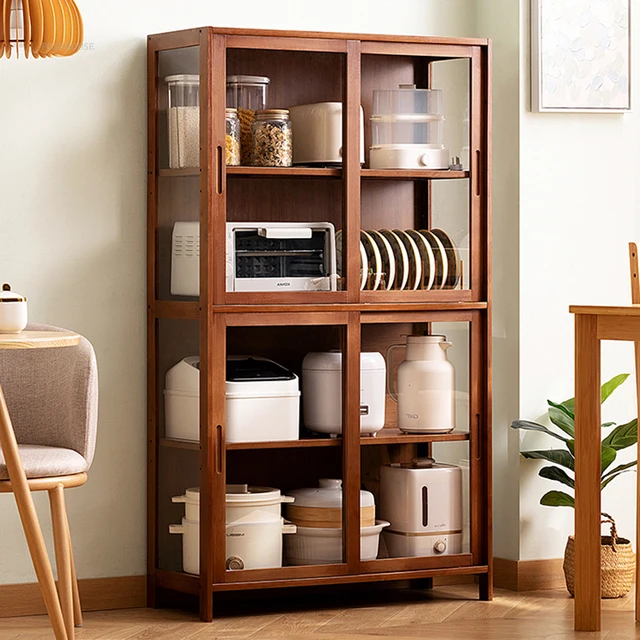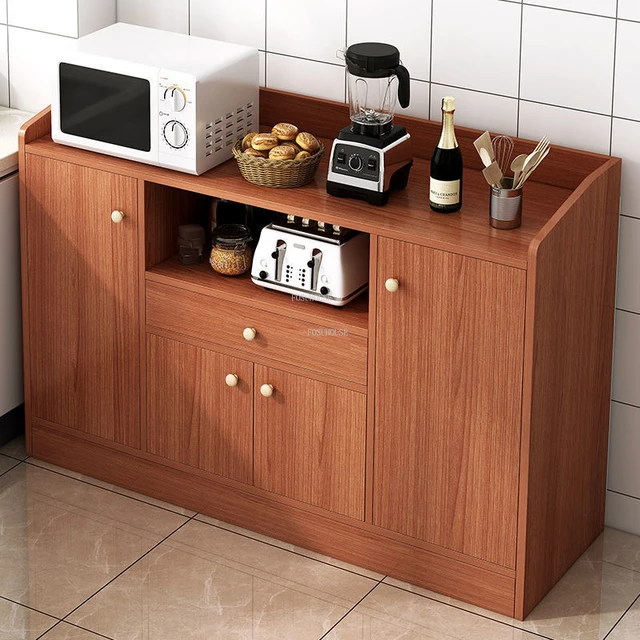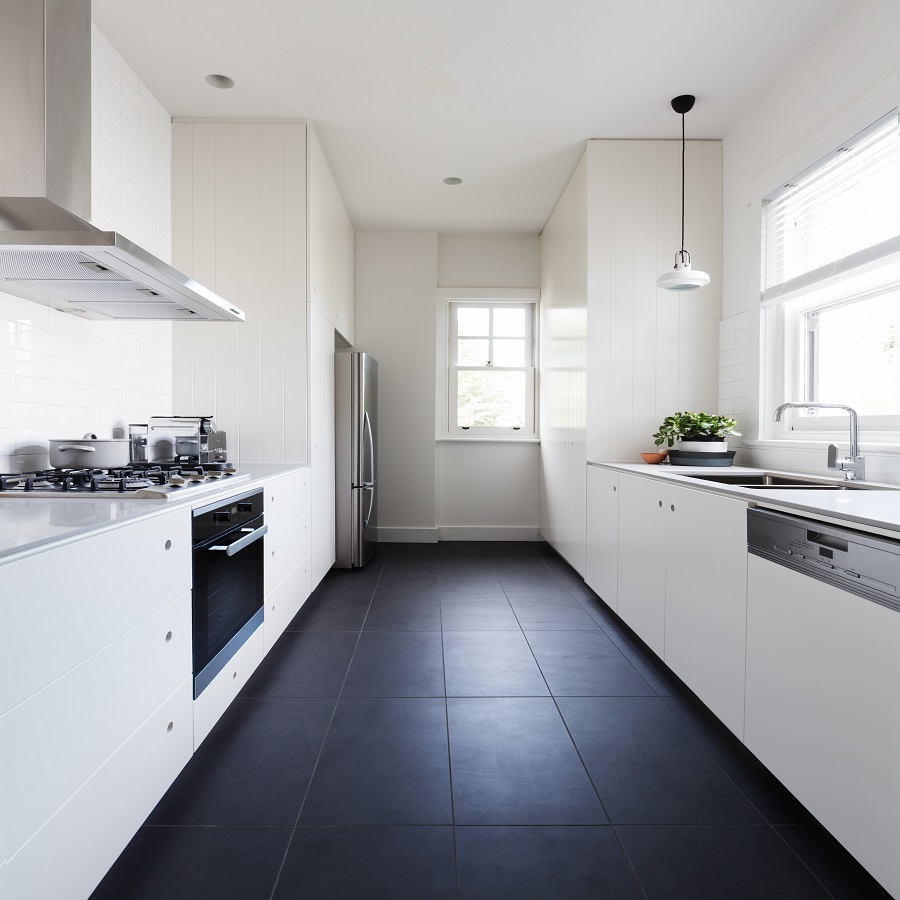 Introduction:
Introduction:
Organizing a small kitchen can be a challenging task, but with efficient planning and smart storage solutions, you can maximize the available space and create a functional and organized kitchen. In this comprehensive guide, we will explore practical tips and strategies for organizing a small kitchen. By following these step-by-step instructions and implementing the recommended techniques, you can transform your small kitchen into an organized and efficient space.
 Introduction to Organizing a Small Kitchen
Introduction to Organizing a Small Kitchen
Organizing a small kitchen requires thoughtful planning and mindful utilization of available space.
A. Importance of Organization: A well-organized kitchen enhances efficiency, maximizes storage space, and improves overall functionality.
B. Challenges in Small Kitchens: Limited counter space, insufficient storage, and clutter can make a small kitchen feel chaotic and overwhelming.
Some popular trends in small kitchen design:
The trends in small kitchens are shaped by the need to maximize space efficiency, enhance functionality, and create a visually appealing design. Here are some popular trends in small kitchen design:
Open Shelving and Clever Storage:
Open shelving has gained popularity in small kitchens as it provides storage space while maintaining an open and airy feel. It allows for easy access to frequently used items and can showcase decorative pieces. Additionally, incorporating clever storage solutions such as pull-out drawers, corner cabinets, and built-in organizers helps maximize every inch of available space.
Multi-functional and Space-Saving Furniture:
Small kitchens often benefit from multi-functional furniture pieces that serve multiple purposes. Examples include kitchen islands with built-in storage or seating, foldable dining tables or countertops, and compact appliances designed specifically for small spaces. These elements help save space and provide versatility in functionality.
Light and Bright Color Schemes:
Light and bright color schemes are popular for small kitchens as they create an illusion of space and make the area feel more open and inviting. White, neutral tones, and pastel shades are commonly used to enhance the sense of light and visually expand the kitchen.
Reflective Surfaces:
The use of reflective surfaces, such as mirrored backsplashes or glossy cabinet finishes, can enhance the perception of space in small kitchens. These surfaces reflect light, creating a sense of depth and brightness. Additionally, the use of glass-front cabinets can further contribute to the visual openness of the kitchen.
Seamless Integration:
Seamlessly integrating appliances with cabinetry and using panel-ready or built-in options helps to maintain a clean and cohesive appearance. This integration helps streamline the overall design and eliminates visual clutter, making the small kitchen feel more organized and spacious.
Enhanced Lighting:
Adequate lighting is crucial in small kitchens to create an illusion of space and improve functionality. Incorporating a combination of natural lighting, task lighting, and ambient lighting helps to brighten the space and highlight specific areas. Popular choices include recessed lighting, pendant lights, under-cabinet lighting, and strategically placed windows.
Minimalist and Simplistic Designs:
Embracing minimalist and simplistic design styles in small kitchens helps create a clean and uncluttered look. Streamlined cabinetry, minimal ornamentation, and clean lines contribute to a sense of organization and openness.
These trends aim to optimize space utilization, improve functionality, and create a visually appealing small kitchen design. It is important to tailor the design choices according to individual preferences, lifestyle needs, and available space constraints.
Assessing and Decluttering
Before organizing a small kitchen, it’s essential to assess the available space and declutter unnecessary items.
A. Evaluate Existing Storage: Analyze the current storage options, including cabinets, drawers, and shelves, to determine their efficiency.
B. Decluttering Process: Sort through kitchen items, discarding or donating items that are rarely used, duplicates, or no longer needed.
 Determine Zones and Workflow
Determine Zones and Workflow
Creating functional zones in a small kitchen helps optimize workflow and efficiency.
A. Work Triangle Concept: Arrange the refrigerator, sink, and stove in a triangular layout to minimize unnecessary movement and facilitate smooth workflow.
B. Cooking Zone: Designate an area near the stove for frequently used cooking utensils, pots, and pans.
C. Preparation Zone: Allocate a countertop space for food preparation, equipped with cutting boards, knives, and other essential tools.
D. Storage Zone: Organize cabinets and drawers near the fridge for storing dry goods, canned items, and non-perishable supplies.
Smart Storage Solutions
Utilizing smart storage solutions is crucial for maximizing space in a small kitchen.
A. Vertical Storage: Install open shelves or use wall-mounted organizers to take advantage of vertical space for storing frequently used items.
B. Cabinet Organizers: Incorporate cabinet organizers such as pull-out shelves, lazy susans, or tiered shelf inserts to optimize storage and access.
C. Drawer Dividers: Use drawer dividers or organizers to separate and organize utensils, cutlery, and other small items.
D. Under-Sink Storage: Implement under-sink storage solutions, such as adjustable shelves or storage bins, to maximize available space.
 Maximize Counter Space
Maximize Counter Space
Expanding and decluttering counter space is essential in a small kitchen.
A. Clear Off Excess Items: Keep countertops free of unnecessary appliances, utensils, and dishes, allowing more workspace.
B. Utilize Wall Space: Install wall-mounted racks or hooks to hang frequently used utensils, cutting boards, or pots and pans, freeing up counter space.
C. Portable Solutions: Utilize portable solutions such as rolling carts or kitchen islands to provide extra counter and storage space.
Efficient Fridge and Pantry Organization
Organizing the refrigerator and pantry helps streamline meal planning and reduces food waste.
A. Categorize and Group: Sort and group similar items together, such as vegetables, condiments, or beverages, to locate and access them easily.
B. Clear Containers: Transfer dry goods and pantry items into clear airtight containers to maximize storage space and keep items fresh.
C. First-In, First-Out: Practice the first-in, first-out principle to ensure perishable items are used before expiration, reducing food waste.
Labeling and Maintenance
Maintaining an organized kitchen requires ongoing labeling and maintenance efforts.
A. Label Containers and Shelves: Use adhesive labels or marker pens to clearly label containers, shelves, and drawers, making it easier to find and return items.
B. Regular Cleaning and Maintenance: Establish a routine for cleaning and decluttering, ensuring items are properly stored and surfaces are kept clean.
Small Kitchen Tips and Hacks
Additional tips and hacks can further enhance the organization of a small kitchen.
A. Utilize Inside Cabinet Doors: Install hooks or racks on the inside of cabinet doors for additional storage of pot lids, measuring spoons, or oven mitts.
B. Magnetic Storage: Attach magnetic strips or hooks to the side of the fridge or other metal surfaces for storing metal utensils, knives, or spice jars.
C. Utilize Unused Spaces: Make use of the space above cabinets or on top of the fridge for storing less frequently used appliances or items.
 Conclusion
Conclusion
Organizing a small kitchen requires thoughtful planning, effective storage solutions, and regular maintenance. By assessing the available space, decluttering unnecessary items, and implementing smart storage techniques, you can maximize functionality and create an organized kitchen. Consider efficient workflow, utilize vertical and underutilized spaces, and label containers and shelves to optimize storage and retrieval. With these strategies and tips, you can transform your small kitchen into a well-organized and efficient space that meets your needs and enhances your culinary experience.



